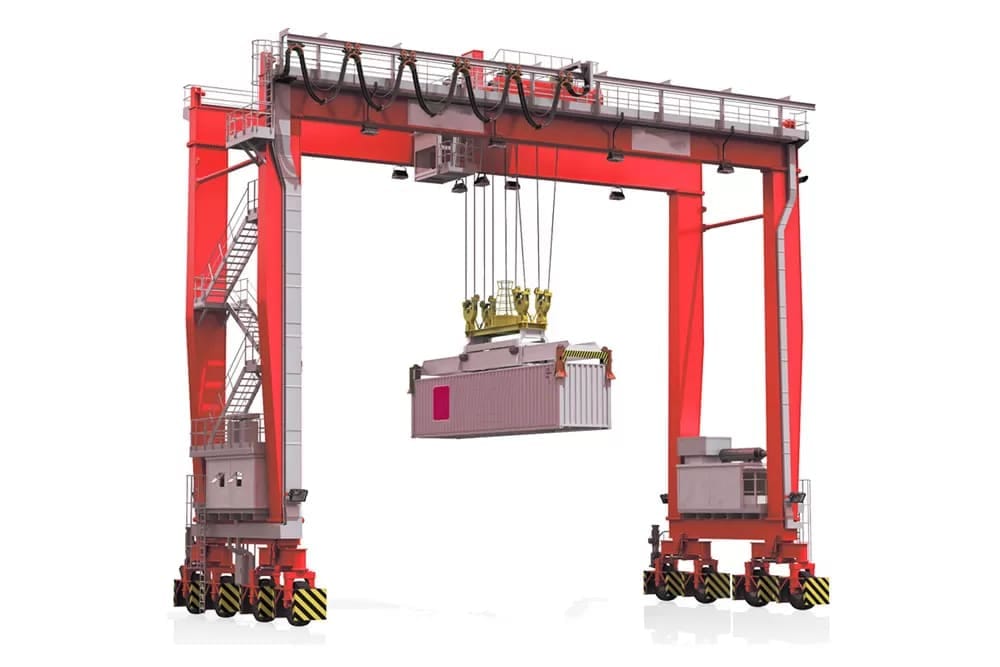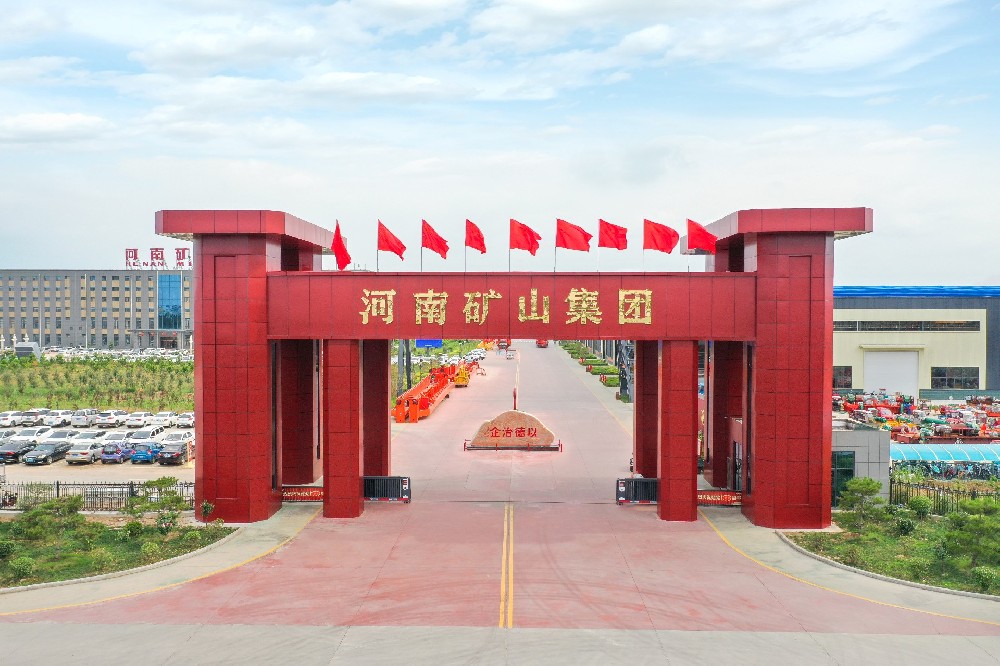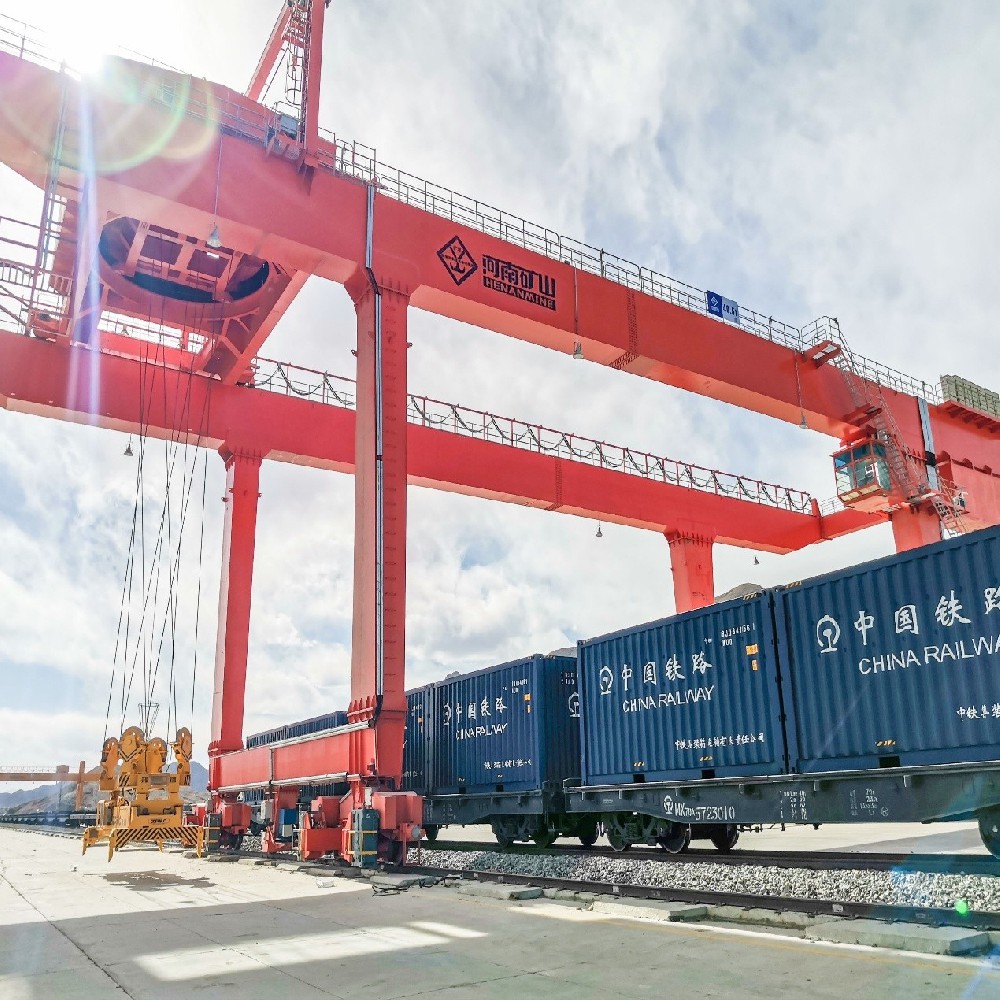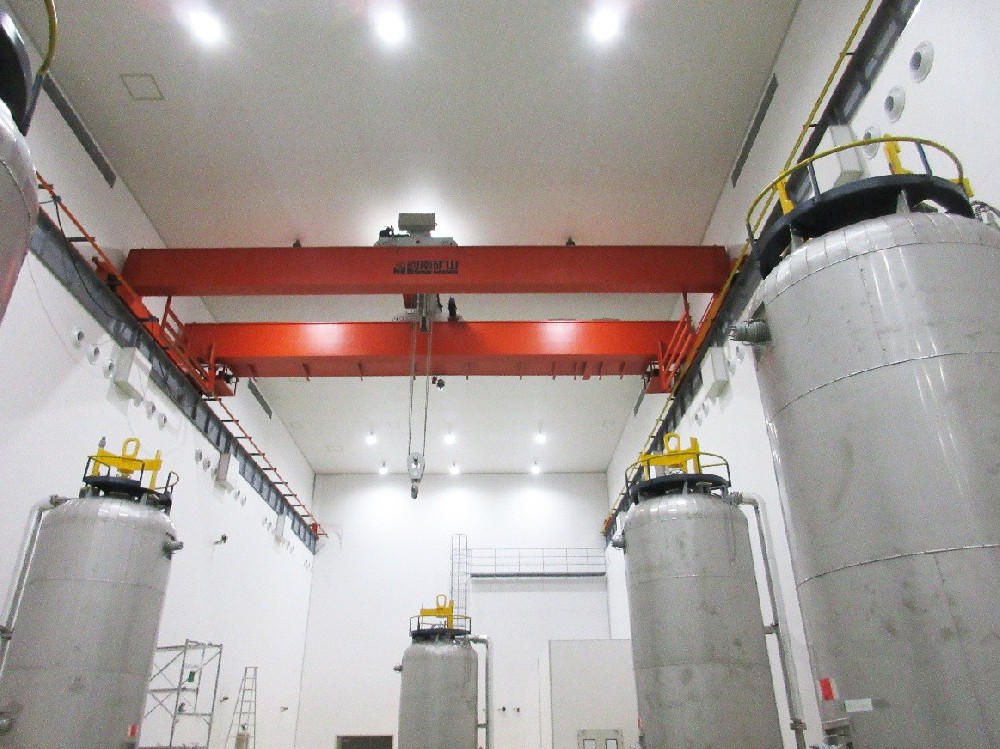- How to Select Track-Mounted Container Gantry Cranes for Port Terminals
-
Release Time:2025-08-15 22:54:31Share:
How to Select Track-Mounted Container Gantry Cranes for Port Terminals
Track-mounted container gantry cranes (RMG) serve as the core equipment for container yards at port terminals. With their efficient stacking capabilities, stable operational performance, and precise control systems, they play a crucial role in enhancing container throughput efficiency. However, different port terminals vary in yard size, container throughput, and operational processes. Selecting a suitable rail-mounted gantry crane requires a comprehensive and scientific evaluation from multiple dimensions.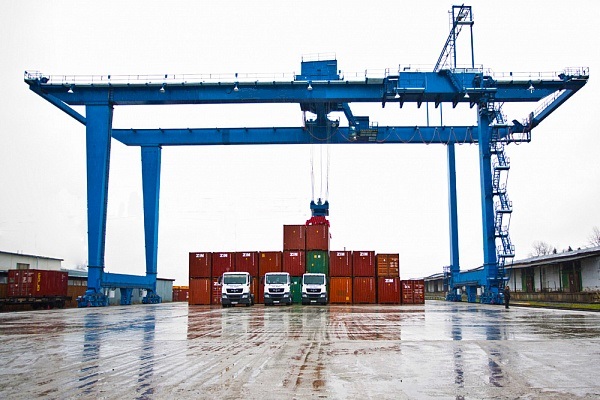
Determining Basic Parameters Based on Yard Size and Layout
The size and layout of the port terminal's container yard directly determine the basic parameters of the rail-mounted gantry crane, making this the first critical step in the selection process.
Span: The benchmark for covering yard container positions
The span refers to the distance between the centerlines of the tracks on both sides of the crane, which must align with the arrangement of container positions in the yard. If the yard adopts a “6 rows of containers + 1 lane” layout, the crane's span must at least cover 6 rows of containers and the central operational lane, typically ranging from 20 to 40 meters. For example, in large container terminals where each yard area has a significant width, cranes with larger spans should be selected to reduce the number of tracks laid and improve yard space utilization. In smaller terminals with limited yard sizes, cranes with moderate spans can be chosen to avoid equipment idleness and cost wastage caused by excessive spans.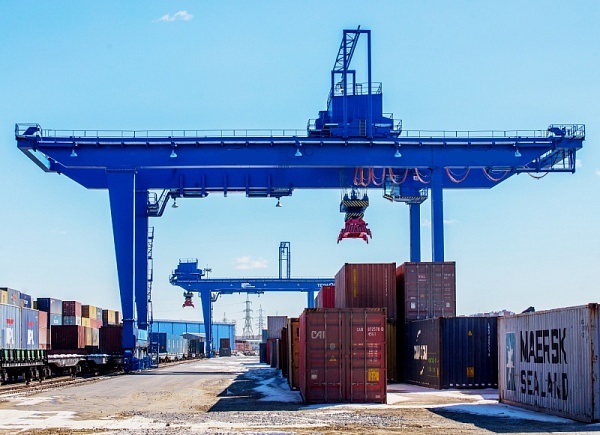
Lifting height: The key factor determining stacking layers
Lifting height refers to the maximum height the crane hook can reach, directly affecting the number of container stacking layers. Currently, mainstream track-mounted container gantry cranes can meet the operational requirements of “stack 5, pass 6” (i.e., stacking 5 layers of containers while the hook can pass above the 6th layer), with lifting heights typically ranging from 12 to 18 meters. When selecting a crane, port terminals must determine their requirements based on their cargo throughput and yard space. If cargo throughput is high and yard space is limited, a crane with a higher lifting height should be chosen to increase storage capacity by adding more stacking layers; if yard space is ample and cargo turnover is slow, the lifting height requirement can be appropriately reduced.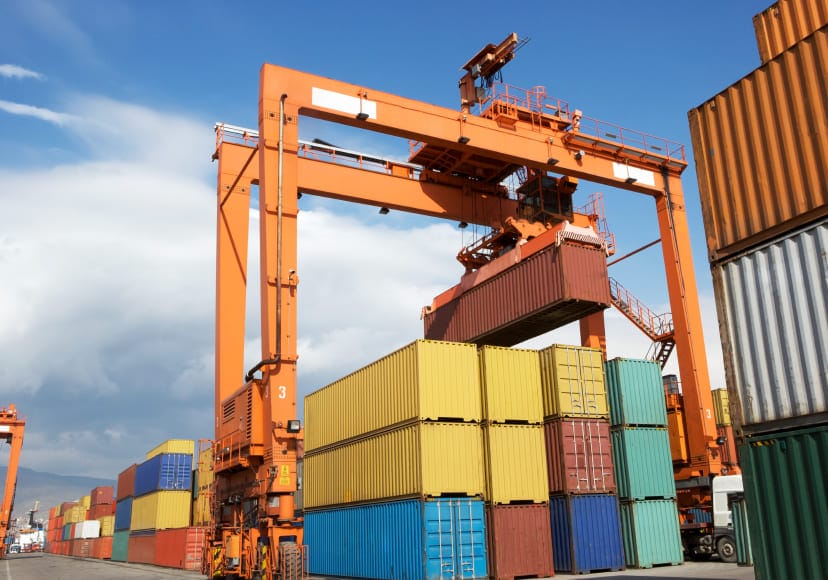
Track gauge: the standard for track laying
Track gauge refers to the distance between the two rails on the same track, which must align with the track laying dimensions of the terminal yard. Track gauge selection should consider the crane's stability and operational flexibility, with common track gauges including 6 meters, 9 meters, and 12 meters. For cranes that frequently move along tracks during operations, an appropriate track gauge ensures smooth operation, reducing vibration and noise. Additionally, the track gauge must coordinate with the spacing between containers in the yard to prevent collisions between cranes and other container positions during container handling.
Performance metrics tailored to operational requirements
The performance metrics of track-mounted container gantry cranes directly impact operational efficiency and quality, and ports must prioritize these metrics based on their specific operational needs.
Lifting capacity: The foundation for container handling
Lifting capacity refers to the maximum weight the crane can lift, including the weight of the container itself and the lifting equipment. Currently, the maximum weight of a 40-foot standard international container is approximately 30.48 tons. When adding the weight of the lifting equipment, the rated lifting capacity of a track-mounted container gantry crane should typically be no less than 40 tons to meet the lifting requirements for various types of containers. For terminals that frequently handle overweight or special containers, larger-capacity equipment should be selected to ensure operational safety.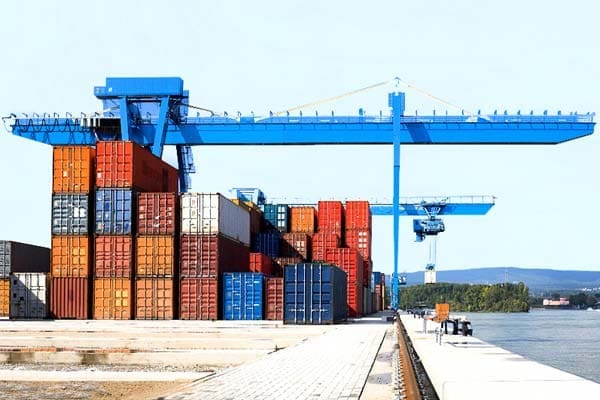
Operating Speed: The Engine of Operational Efficiency
Operating speed includes the travel speed of the main crane, the travel speed of the trolley, and the lifting speed. The travel speed of the main crane determines how quickly the crane moves along the track, typically ranging from 30 to 50 m/min; the trolley running speed affects the efficiency of container transfer along the beam direction, generally ranging from 20 to 30 m/min; the lifting speed relates to the efficiency of container lifting, with a lifting speed of approximately 15 to 25 m/min when fully loaded and up to 30 to 50 m/min when empty. Port terminals should select appropriate operating speeds based on their own operational rhythms. For terminals with high throughput and busy operations, cranes with faster operating speeds should be chosen to reduce operational cycle times. If operational volumes are relatively low, speed requirements can be appropriately reduced to lower equipment energy consumption and maintenance costs.
Positioning accuracy: The core of ensuring stacking accuracy
In container stacking operations, positioning accuracy is critical, directly affecting the neatness and safety of the stack. Track-mounted container gantry cranes are typically equipped with high-precision positioning systems, such as laser positioning or GPS positioning, capable of controlling positioning errors within ±50 mm. For highly automated terminals, cranes with automatic alignment and automatic stacking functions should be selected. By integrating with the terminal management system, unmanned operations can be achieved, further enhancing positioning accuracy and operational efficiency.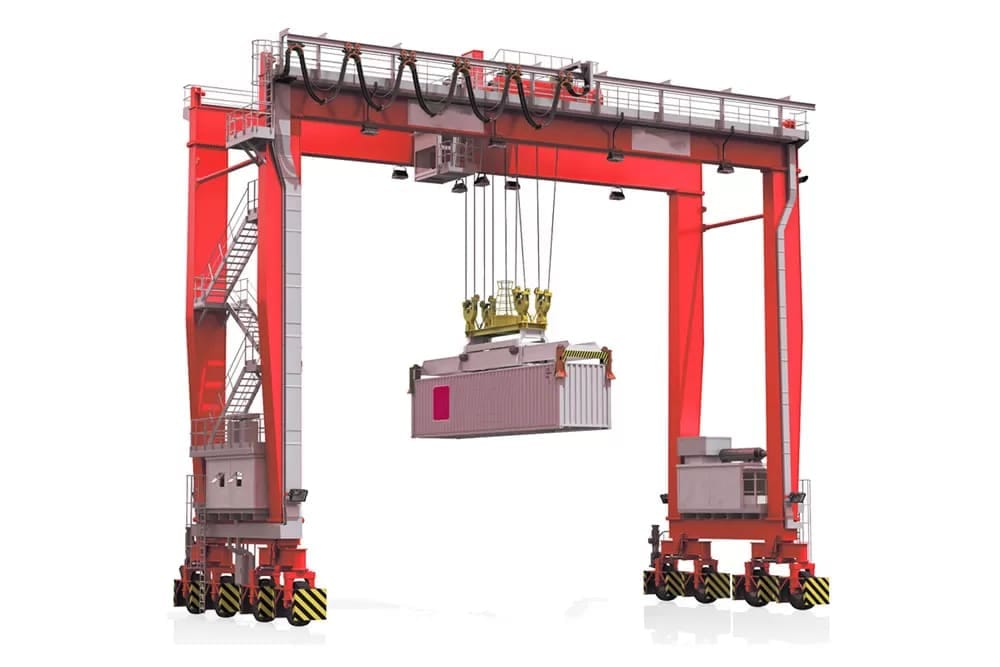
Focus on environmental adaptability and safety configurations
Port terminal operating environments are complex and variable, requiring track-mounted container gantry cranes to possess excellent environmental adaptability and comprehensive safety configurations.
Wind resistance: A defense against harsh weather
Port terminals are often located in coastal areas and frequently face strong winds, making wind resistance a critical factor for cranes. Equipment should be equipped with reliable wind resistance devices, such as wind clamps and wind anchoring systems. Wind clamps secure the crane to the tracks before strong winds arrive, preventing it from being blown away; wind anchoring devices connect the crane to ground anchoring pits, further enhancing stability. When selecting equipment, it is essential to choose cranes with wind resistance capabilities matching the maximum wind force rating of the terminal’s location to ensure safety during adverse weather conditions.
Corrosion Resistance: Ensuring Extended Equipment Lifespan
Port environments contain high levels of salt and moisture, which can corrode the crane's metal structures and components. Therefore, the crane's metal structures should be constructed using corrosion-resistant steel and undergo effective corrosion protection treatments, such as applying anti-corrosion coatings or galvanization; electrical and hydraulic system components should be selected in corrosion-resistant models with excellent sealing performance to prevent salt and moisture ingress. Cranes with excellent corrosion resistance can operate stably in port environments over the long term, reducing maintenance frequency and extending service life.
Safety protection systems: A barrier against operational risks
Rail-mounted container gantry cranes must be equipped with comprehensive safety protection systems to ensure operational safety. These primarily include load limiters, which automatically alarm and cut off lifting power when the load exceeds the rated capacity; travel limiters that restrict the operating range of the main crane, auxiliary crane, and hoisting mechanism to prevent collisions; emergency stop buttons that can quickly halt equipment operation in emergencies; additionally, anti-sway devices should be installed to reduce container swaying during lifting, enhancing operational safety.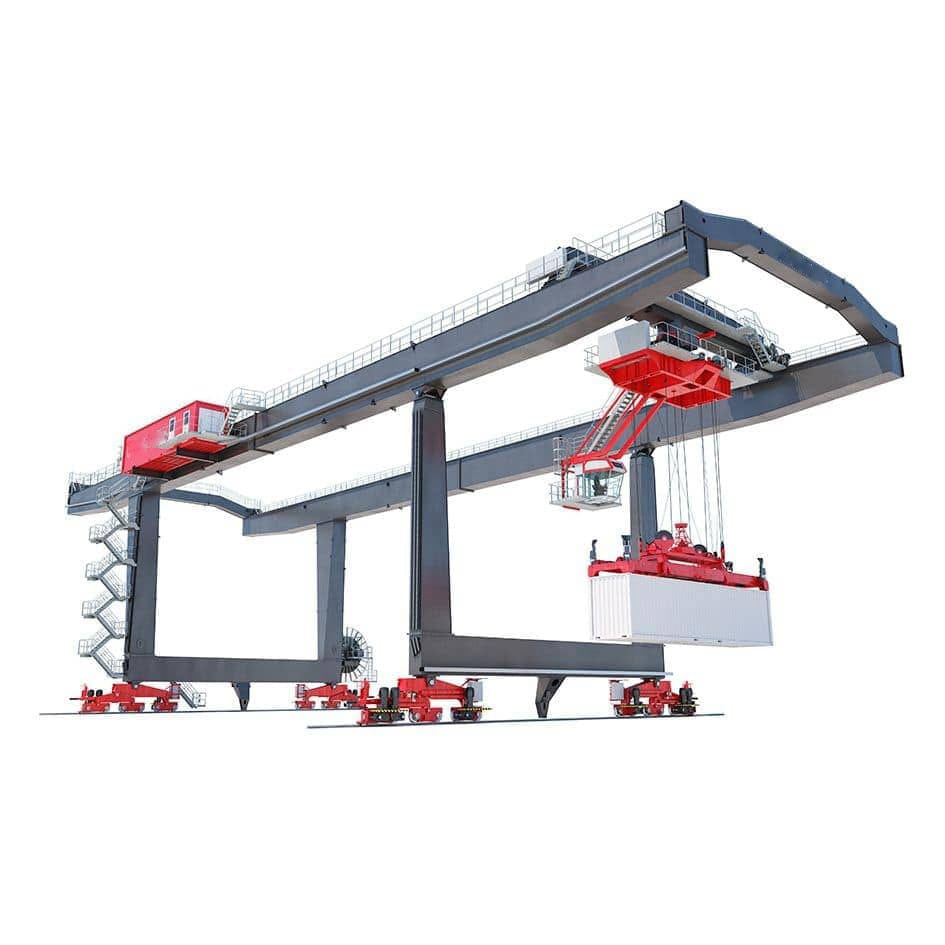
Henan Mining: Providing customized solutions for port terminals
The selection of a rail-mounted container gantry crane is a systematic engineering task that requires comprehensive consideration of factors such as yard size, operational requirements, and environmental conditions. As a leading enterprise in the crane industry, Henan Mining leverages its years of technical expertise and extensive practical experience to provide customized rail-mounted container gantry crane solutions for port terminals.
We thoroughly understand the actual conditions of port terminals, designing crane parameters such as span, lifting height, and operating speed based on yard layout, throughput, and operational processes to ensure perfect alignment with terminal requirements. Additionally, our equipment uses high-quality raw materials and components, undergoes rigorous manufacturing and inspection processes, and features excellent wind resistance, corrosion resistance, and comprehensive safety protection systems. Furthermore, we offer comprehensive after-sales services, including installation and commissioning, maintenance and servicing, and technical training, to ensure the stable operation of the equipment.
Choosing Henan Mining's track-mounted container gantry cranes will make container stacking operations at port terminals more efficient, safe, and stable, helping terminals enhance their competitiveness and stand out in the bustling logistics transportation industry.
